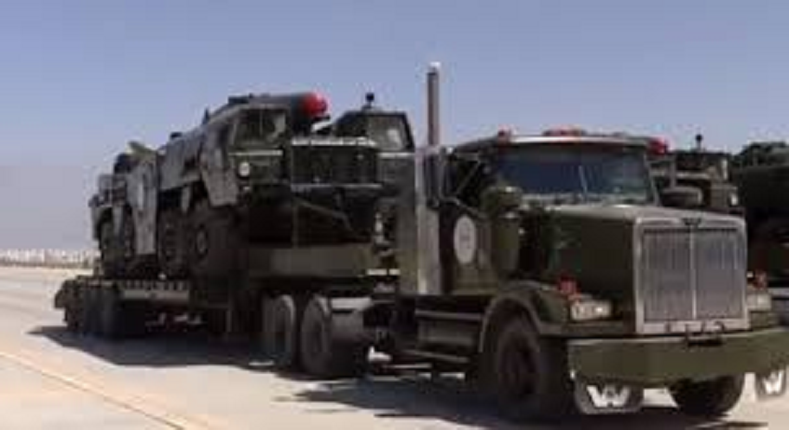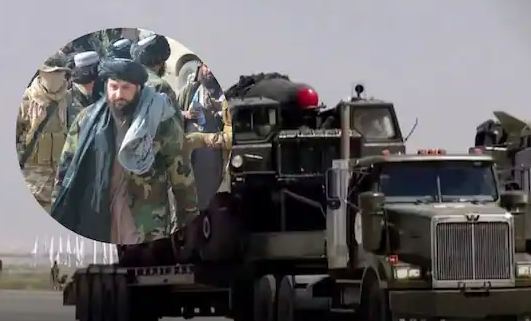Afghanistan Scud Missiles: Which dangerous missiles does Afghanistan possess?
- bySherya
- 15 Oct, 2025

The Scud-B missile is a tactical ballistic missile developed by the USSR in the 1950s. The missile remains operational today in the armed forces of several countries, including North Korea, Iran, Syria, and now Afghanistan.

Relations between Afghanistan and Pakistan have now reached a very dangerous stage. On October 9, 2025, the Pakistan Air Force launched airstrikes on the Afghan cities of Kabul and Khost, escalating the conflict. Afghan troops also captured Pakistani tanks. Following these attacks, the Taliban government deployed Soviet-era Scud-B ballistic missiles near the Pakistani border. This move further exacerbated the already tense situation.
The Scud-B missile is a tactical ballistic missile developed by the Soviet Union in the 1950s. It remains in service with the armies of several countries, including North Korea, Iran, Syria, and now Afghanistan. It has a range of approximately 300 kilometers and can carry up to one ton of explosives. It is liquid-fueled and launched from a mobile launcher. Although its accuracy is lower than that of modern missiles, it is still considered a threat on the battlefield.
How Afghanistan got Scud missiles
Afghanistan received Scud missiles from the Soviet Union in the 1980s. The Soviet Army provided hundreds of missiles and launchers to the country's then-government during the Afghan War. These missiles were used to target Taliban positions. After the Soviet withdrawal in 1988, some missiles remained in Afghan territory. The Taliban later gained control of these missiles.
Taliban control of Scud missiles
When the Taliban took power in Afghanistan in 2021, they took control of the country's remaining military resources. They also acquired obsolete Scud-B missiles and their launch systems. The Taliban publicly displayed these missiles several times to demonstrate their "state military capability." This display was also part of the Taliban's political strategy to present itself internationally as a legitimate regime.
Taliban's new military strategy
The Taliban previously relied on guerrilla warfare, but has now begun adopting traditional military symbols. The deployment of Scud-B missiles is a new step in that direction. This has raised security concerns in neighboring countries, including Pakistan. The Taliban wants to send a clear message to Pakistan that Afghanistan is now capable of responding not just with rifles or bombs, but with missiles.
Increasing clashes and warnings
Recently, Pakistan attacked Kabul and Khost in the name of counter-terrorism operations. Following this, the Taliban claimed to have killed dozens of Pakistani soldiers and captured some others. A Taliban spokesman stated that Pakistan would not be spared under any circumstances.
The Durand Line was the focal point of the conflict.
The border between Afghanistan and Pakistan, known as the Durand Line, was determined in 1893 during British rule. Afghanistan still does not recognize this line, while Pakistan considers it the official border. This dispute has led to common border skirmishes, infiltrations, and airstrikes.




